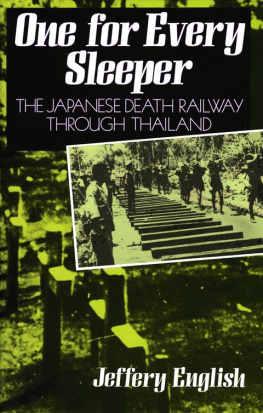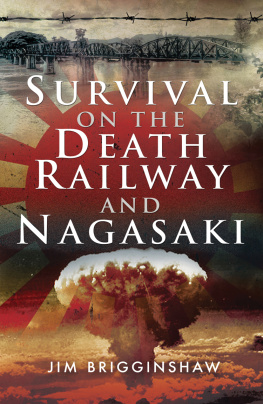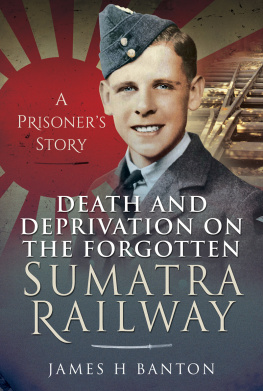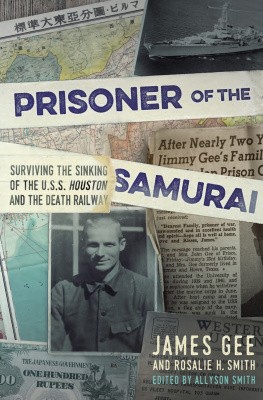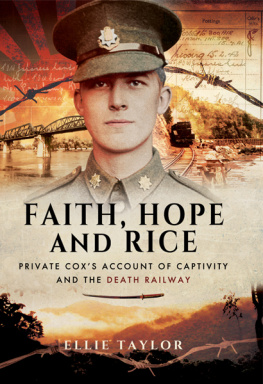
First published in Great Britain in 2016 by
PEN & SWORD MILITARY
An imprint of
Pen & Sword Books Ltd
47 Church Street
Barnsley
South Yorkshire
S70 2AS
Copyright Hilary Custance Green, 2016
ISBN 978-1-47387-000-0
PDF ISBN: 978-1-47387-003-1
EPUB ISBN: 978-1-47387-002-4
PRC ISBN: 978-1-47387-001-7
The right of Hilary Custance Green to be identified as the author of this work has been asserted by her in accordance with the Copyright, Designs and Patents Act 1988.
A CIP catalogue record for this book is available from the British Library.
All rights reserved. No part of this book may be reproduced or transmitted in any form or by any means, electronic or mechanical including photocopying, recording or by any information storage and retrieval system, without permission from the Publisher in writing.
Typeset by Concept, Huddersfield, West Yorkshire, HD4 5JL.
Printed and bound in England by CPI Group (UK) Ltd, Croydon CR0 4YY.
Pen & Sword Books Ltd incorporates the imprints of Pen & Sword Archaeology, Atlas, Aviation, Battleground, Discovery, Family History, History, Maritime, Military, Naval, Politics, Railways, Select, Social History, Transport, True Crime, and Claymore Press, Frontline Books, Leo Cooper, Praetorian Press, Remember When, Seaforth Publishing and Wharncliffe.
For a complete list of Pen & Sword titles please contact
PEN & SWORD BOOKS LIMITED
47 Church Street, Barnsley, South Yorkshire, S70 2AS, England
E-mail:
Website: www.pen-and-sword.co.uk
To Barry, Phyllis and
the other men and women
of 27 Line Section
If it is of any help my son was a jolly natured chap, with wavy auburn hair and a gap between his front teeth (Mrs Woodend)
Although there was nothing outstanding in his appearance, the following might be of help he had a tattoo done on his right forearm, it began at the wrist, and went almost to the elbow. It was the figure of a highlander in full national costume, it was coloured and very unusual and would be the first thing to catch the eye. (Mrs Farrell)
[He] was a great lover of birds and animals had a great habit of dressing up in foreign clothes and giving his pals a laugh I expect he would speak of Bonny Oban Bay. (Mr Sinclair)
Medium build and fresh complexion, just an ordinary healthy young man (Mrs Grant)
Contents
Acknowledgements
To my first readers, Maureen Katrak, David King, Jenifer Roberts, Paul Beck, Robin Custance Baker and Toni Battison (later also an eagle-eyed proof-reader), and to Kevin Symonds, for early research, go my first thanks. They gave me the courage to work to bring this story together. To those many others who read, advised or proof-read at different stages: Paul Bacon, Margot Chadwick, Stephen Custance-Baker, Maureen Cottrell, Kate France, Lesley Gore, Tony Goryn, Margaret Hewitson-Brown, Jacquee Mann and Michael Nellis, you all helped keep the project going, thank you so much.
My deep gratitude goes to experts who gave freely of their time and knowledge in this area: Meg Parkes for directing my first research steps, Sears Eldredge for his in-depth theatre research, Midge Gillies and Sara Kinsey for editorial feedback on the story. To David Tett, Jonathan Moffatt, Michael Nellis, Gail Cox, Stephen Walton and Sibylla Jane Flower, thanks for detailed information.
Two towering figures gave me material and advice I could not have found for myself the late, much-missed Roderick Suddaby of the Imperial War Museum and Terry Manttan of the ThailandBurma Railway Centre who untangled Barrys chronology and answered my endless questions. To them, and to Rod Beattie for all he does for Far East PoWs on the railway, I send my heartfelt thanks.
I am indebted to the family of Colonel Selby Milner for permission to use extracts from his diary, to Drusilla Goryn for free access to family archives, to Stephen Riley for use of his fathers PoW account and to Tim Stankus of the Royal Signals Museum for help and access to documents held there.
My thanks go to Henry Wilson, of Pen & Sword, for having faith in the manuscript and, with Matt Jones, George Chamier and Noel Sadler, for guiding me so skilfully through the publishing process.
To the families of the men of 27 Line Section, Kelley and Craig Ashton, Diane Carter, Reg Hannam, Michael Taylor, Jack Earnshaw and Christine Wood: your encouragement has meant the world to me.
Gratitude goes to my brothers, Robin, Jonathan and Stephen Custance Baker, for trusting me with the task and letting me do it my own way and who, like my daughters, Eleanor and Amy Green, kept cheering me on.
Finally, to my husband, Edwin Green, for doing all of the tasks above as well as living with me while I worked on the book, which he read and advised on at all of its stages my lifetime of thanks.
This is a personal story and not an impartial history. As editor I am haunted by the books on my shelves that I have not yet read, the museums and archives not visited and the endless threads I failed to follow up. There will be mistakes and omissions, and for these I apologize.
Illustrations Acknowledgements
My special thanks to the following for permission to use illustrations:
The ThailandBurma Railway Centre, Kanchanaburi, Thailand for the C56 on the Wang Pho Viaduct from the Renichi Sugano collection of original wartime photographs and for the photograph of Phi Boon Pong in his shop.
The family of Reginald Hannan for the concert poster Love Thais.
Anthony Wilder for William Wilders drawing of the building of the Wampo Viaduct and David Dewey for the photograph.
Tim Mercer for Jack Chalkers drawings of unloading the sick and dead from river boats, Chungkai 1943, and cleaning ulcers by night.
Kareen Rogers, for permission to use the poster of Night Must Fall by her uncle Geoffrey Gee, and to the Imperial War Museum for the image of Night Must Fall from the de Wardener papers.
The Royal Signals Museum and Archive for photographs of the men of 27 Line Section in box Custance Baker LBH MAJ. 936.5.
The British Red Cross Museum and Archives for the extract from the Far East Journal of September 1945.
The Museon, The Hague, for permission to use the revue poster Lichten Op.
My thanks also go to all the relations of the men and women whose photographs fill these pages. I have asked permission from those of you I have found. If I did not find you, I can assure you my intention is to honour your relative.
Notes to Reader
Place names
Siam was renamed Thailand in 1939; both names are current in this account and will be used interchangeably according to the writers preference. Railway Camp names are written as recorded in the memoirs, with the correct names in brackets. Myanmar will be called Burma throughout.
Letters
These have been transcribed as accurately as possible, but there are bound to be errors due to handwriting and the effects of wear and tear. Minor corrections have been made for claritys sake. Spelling, grammatical errors and idiosyncrasies of expression remain unless they would create a misunderstanding. Only when a word appears to be a typographical error has [sic] been inserted.
Three major correspondents required heavier editing: Barrys split compound nouns (e.g. great coat, ball cock, bull dog) have been corrected and some apostrophes (e.g. in Ive or theyre) have been added. Barrys father, Alan, used full stops reluctantly; some have been added to keep his sentences within bounds. Phylliss letters contain long passages on the few subjects permitted by the censors; passages in these and other letters have been cut or reduced throughout.
Next page




